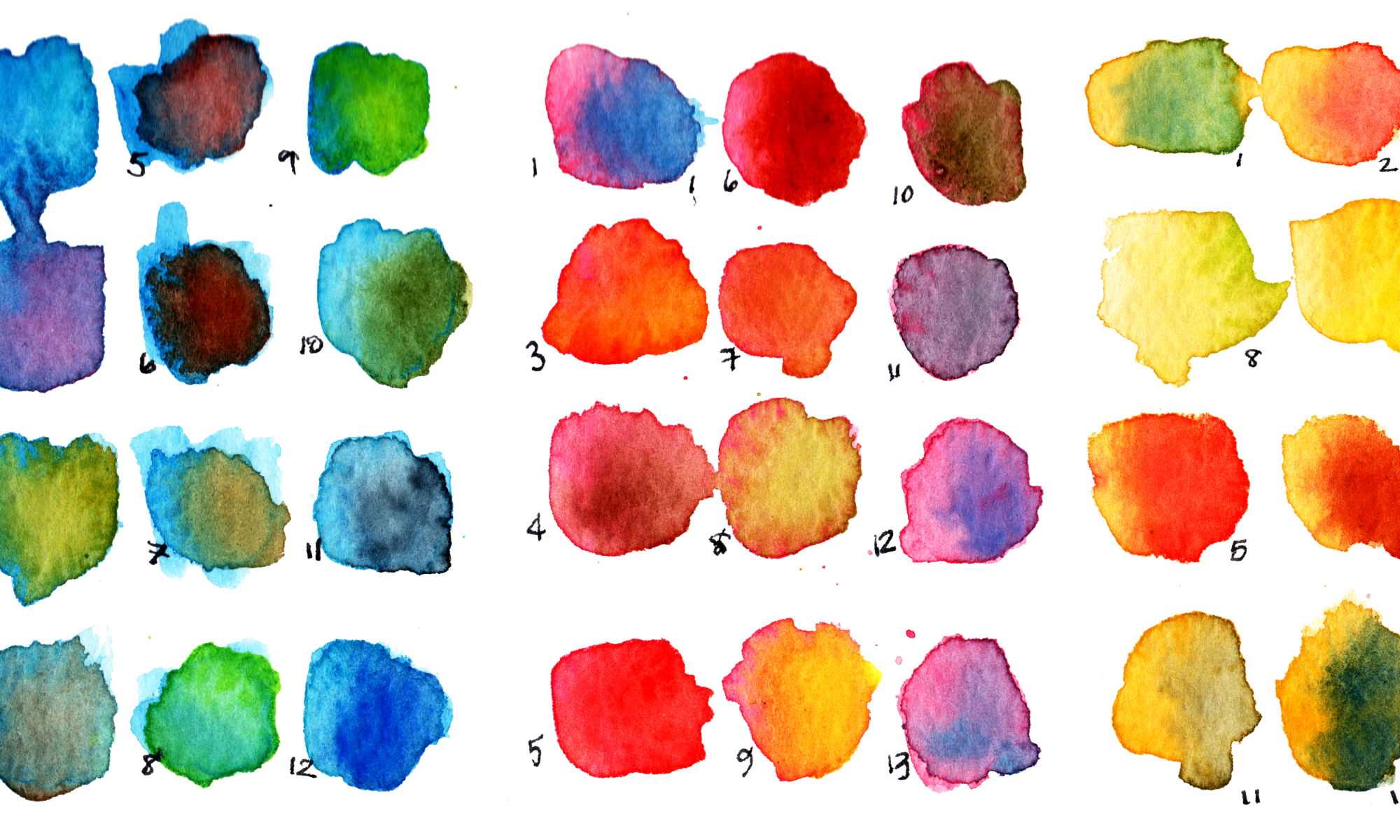
I’ve been itching to share this news, and now I can: I’m writing a book I’ve been wanting to write for nearly a decade!!
I’m co-writing it with Stephen Heard. It’s been hard to keep this quiet for so long, but we’ve just signed a contract with the University of Chicago Press (UCP), so now it’s official. Hooray! 🥳
What’s the book about, you ask? Well, it’s not (technically) about science communication, and it’s not about art-science integration. (Maybe, 🤞🤞 I’ll write books on those topics someday!) Instead, this book is something I’ve been working on in the background, just not writing much about here on CommNatural.
The CommNatural audience (that’s you!) is pretty omnivorous in its interests, and many of you may not even be academics or involved with science. That’s okay. The key thing to know is that I work with, coach, teach, and consult with a lot of folks who find helping students (or other developing writers) write better is difficult, time-consuming, and frustrating. And Steve and I know these folks want help – they ask us for it. That’s where our book comes in.
Ever since I started training in writing pedagogy, I’ve recognized an opportunity to help folks deal with something our book tackles head-on. Our working title is Helping Students Write in the Sciences: Strategies for Efficient and Effective Mentoring of Developing Writers. Writing is a huge part of the job of a scientist, and it’s hard – but teaching and mentoring writing is too, and it’s harder.
Continue reading “Exciting news: I’m (co-)writing a book!”



